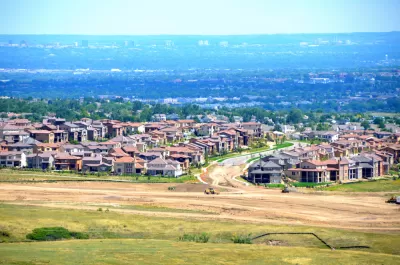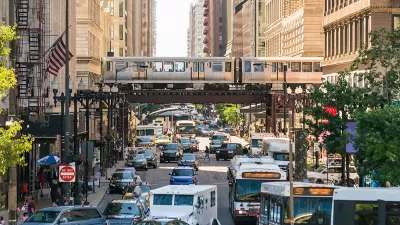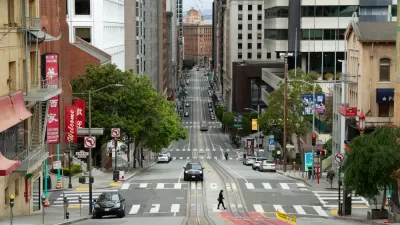The percentages have fluctuated on either side of the pandemic, but most Americans prefer to live in communities with larger houses, located farther away from schools, stores, and restaurants, according to a recent Pew Research Center survey.

The majority of Americans would prefer to live in communities with larger houses, located farther away from schools, stores, and restaurants, according to the latest edition of a Pew Research Center survey, conducted from March 27 to April 2, 2023.
“A majority of Americans (57%) say they would prefer to live in a community where ‘houses are larger and farther apart, but schools, stores and restaurants are several miles away,’” explains Ted Van Green in an article sharing the findings of the survey. “About four-in-ten (42%) would prefer a community where ‘houses are smaller and closer to each other, but schools, stores and restaurants are within walking distance.’
The share of Americans preferring larger houses and longer trips has dipped since the last survey, conducted in July 2021, when 60 percent of Americans stated this preference. “Public preferences were more evenly divided on this question in fall 2019, a few months before the coronavirus outbreak,” when the question polled at 53 percent and 47 percent, respectively.
The survey also produces obvious distinctions in preference along political lines, with 72 percent of Republicans and Republican leaners favoring larger houses and longer trips, and only 43 percent of Democrats and Democrat leaners preferring this arrangement.
Additional disaggregation by age, education, race and ethnicity, and ideology are detailed at the source article below.
FULL STORY: Majority of Americans prefer a community with big houses, even if local amenities are farther away

Trump Administration Could Effectively End Housing Voucher Program
Federal officials are eyeing major cuts to the Section 8 program that helps millions of low-income households pay rent.

Planetizen Federal Action Tracker
A weekly monitor of how Trump’s orders and actions are impacting planners and planning in America.

Ken Jennings Launches Transit Web Series
The Jeopardy champ wants you to ride public transit.

Washington Legislature Passes Rent Increase Cap
A bill that caps rent increases at 7 percent plus inflation is headed to the governor’s desk.

From Planning to Action: How LA County Is Rethinking Climate Resilience
Chief Sustainability Officer Rita Kampalath outlines the County’s shift from planning to implementation in its climate resilience efforts, emphasizing cross-departmental coordination, updated recovery strategies, and the need for flexible funding.

New Mexico Aging Department Commits to Helping Seniors Age ‘In Place’ and ‘Autonomously’ in New Draft Plan
As New Mexico’s population of seniors continues to grow, the state’s aging department is proposing expanded initiatives to help seniors maintain their autonomy while also supporting family caregivers.
Urban Design for Planners 1: Software Tools
This six-course series explores essential urban design concepts using open source software and equips planners with the tools they need to participate fully in the urban design process.
Planning for Universal Design
Learn the tools for implementing Universal Design in planning regulations.
Heyer Gruel & Associates PA
Ada County Highway District
Institute for Housing and Urban Development Studies (IHS)
City of Grandview
Harvard GSD Executive Education
Toledo-Lucas County Plan Commissions
Salt Lake City
NYU Wagner Graduate School of Public Service





























